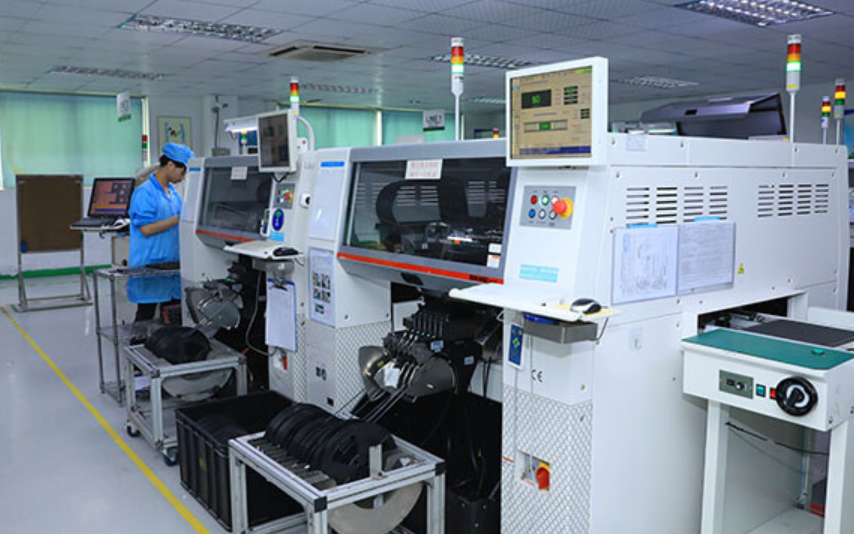Innovation and technological advances play important parts in shaping the landscape of the industrial business. Among these breakthroughs, surface-mounted technology (SMT) has become known as a game-changer, transforming manufacturing processes in a variety of industries.
SMT has become a crucial feature of modern production, allowing for greater productivity and dependability in electronic component assembly. In this essay, we will look at the relevance of SMT, its principles of operation, as well as its impact on your manufacturing business.
What exactly is SMT?
SMT, or surface mount technology, is a method of building electronic circuits wherein components are attached directly upon the surface of printed wiring diagrams (PCBs). Unlike traditional through-hole technology, which requires components to be placed into existing holes on the PCBA supplier, SMT does not require drilling and instead employs smaller components on metal leads or pads that may be soldered immediately onto the board’s surfaces.
How SMT Works:
SMT’s basic principles are miniaturization, automated processes, and high-speed precision.
1. Component Placement:
Machines that are automated select up various surface-mount component from reels or trays, that include resistors, capacitors, embedded systems, and other kinds of semiconductor devices. These machines have vision technologies that ensure accurate component alignment.
2. Solder Paste Application:
A stencil can be utilized to apply solder paste to the PCB before inserting components. Solder paste serves as an adhesive and aids in the soldering process.
3. Component Mounting:
The previously pick-and-place machines precisely position every item on the PCB in its assigned spot. Pick-and-place machines with high speeds can handle several thousand components per hour, providing efficient and cost-effective operations.
4. Reflow Soldering:
After the components are installed, the PCBs are reflowed soldered. The regulated heating of the oven melting the solder paste the code binding the components to the PCB’s interface.
5. Inspection and Testing:
Following reflow soldering, the complete PCBs go through rigorous tests and inspection processes to discover any potential problems and ensure the quality and dependability of the final product.
SMT Has The Following Advantages:
1. Reduced Size and Weight:
The ability of smt line to work with smaller components enables for light and compact electrical products. This miniaturization has resulted in the development various portable gadgets and advanced technologies, which improve user experience along with convenience.
2. Increased Efficiency:
Because SMT is automated, it allows for shorter production times as higher output rates, decreasing manufacturing lead times as well as costs.
3. Improved Performance:
By eliminating parasitic effects, SMT’s precise component positioning and soldering procedures increase electrical performance along with signal integrity.
SMT supports elaborate PCB designs, fostering creativity and facilitating sophisticated electrical systems.
Environmental Advantages:
SMT produces fewer recyclables than through-hole technology, resulting in a more environmentally friendly manufacturing process.
Impact on production: The introduction of SMT has revolutionized the production scene, particularly in the fields of electronics. Its influence can be shown in a number of different manners:
1. Electronics Evolution:
SMT allowed for the creation of smaller, more powerful, as well as energy-efficient electronic equipment, resulting in significant progress in the consumer electronics, communications, automotive, aerospace, other medical sectors.
2. Global Supply Chain:
Due to the broad adoption of smt line, a global supply chain has been established, involving manufacturers, suppliers, and researchers in technology globally.
3. staff Capabilities:
The shift to SMT necessitates the availability of a competent staff capable of functioning programming, and looking after the sophisticated machinery engaged. As a result, workforce development and education have grown in importance in the manufacturing industry.
Conclusion:
Surface-mount technology (SMT) symbolizes a paradigm shift in electronic device production, driving productivity and creativity across industries. Its ability to construct smaller, more complicated circuits has accelerated technological breakthroughs, improved consumer experiences and crafting a future in which electronics pervade every part of modern life.








